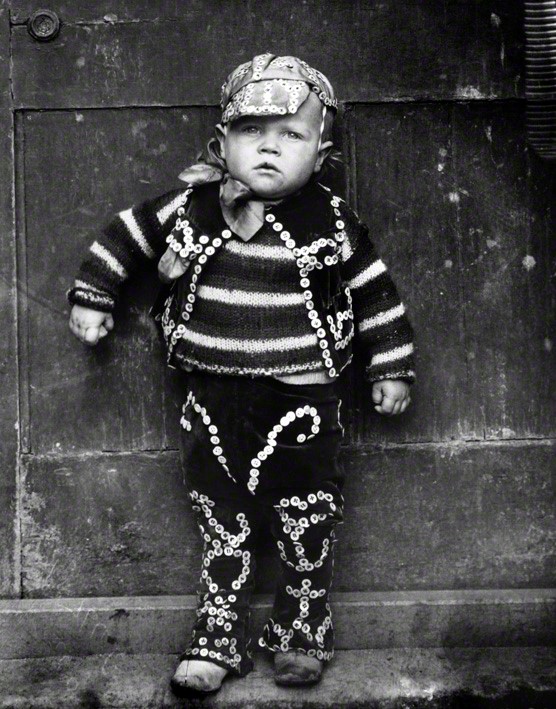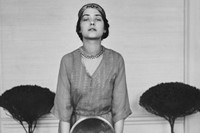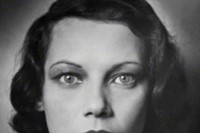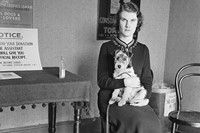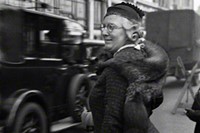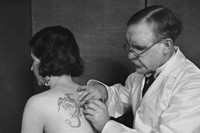Described as “the Master” by prominent photographer Cecil Beaton, German-born British E.O. Hoppé was one of the chief photographers of the twentieth century. Photographing some of the most important figures in the arts, literature and politics in
Described as “the Master” by prominent photographer Cecil Beaton, German-born British E.O. Hoppé was one of the chief photographers of the twentieth century. Photographing some of the most important figures in the arts, literature and politics in Great Britain and the US between the wars, Hoppé’s images are not only a uniquely valuable document spanning two crucial eras of history and photography (the Edwardian and the Modern), but also fine works of art that beautifully capture the wide range of personalities he came across. Showing this month in the National Portrait Gallery’s Wolfson Gallery is the first major exhibition of his work in over 30 years, featuring nearly 150 photographs – many of which have never previously been exhibited – it brings together Hoppé’s society, studio and street photographs for the first time.
The prototypical celebrity photographer, Hoppé’s images from the early 1900s include Margot Fonteyn, George Bernard Shaw, H.M King George V and Benito Mussolini, to name but a few. Later going on to publish the Book of Fair Women in 1922, he caused much controversy about human aesthetics after he selected 32 representative beauties from 24 different countries. Notable for his multicultural approach Hoppé also compiled a collection of studio portraits examining different types of people, exploring his fascination with race and social mobility: making a “record of the various distinctive types which one used to see in London streets but which were rapidly vanishing as the result of changing conditions. I started on this pictorial chronicle by approaching any interesting ‘character’”, as Hoppé explained. In the 20s and 30s he left the walls of his studio and took to the streets of Britain capturing the other end of the social spectrum to celebrity sitters; including homeless, bell ringers and behind the scenes at Sandhurst Military Academy to effective result. An artistic genius and incredibly versatile, Hoppé covered and evidently wide-ranging subject matter – a selection of which, from this chronology, will be on show throughout the National Portrait Gallery’s exhibition. An incredibly famous photographer of his time, it is uprising to think that Hoppé is virtually unknown today. This extensive three-month exhibition will be sure to change things.
Text by Lucia Davies
Hoppé Portraits: Society, Studio and Street is exhibiting from tomorrow 17 February – 30 May at the Wolfson Gallery, National Portrait Gallery, London.
